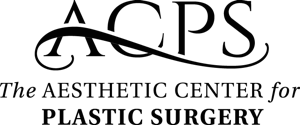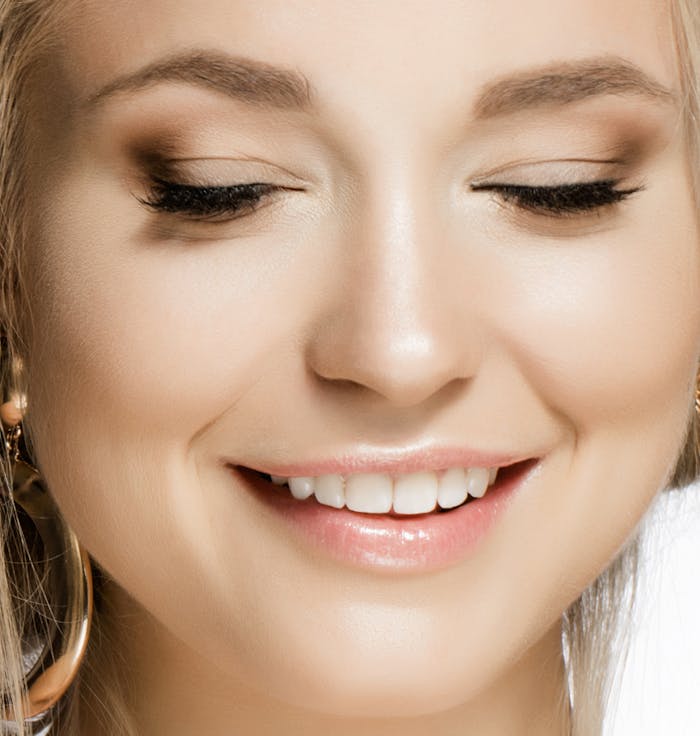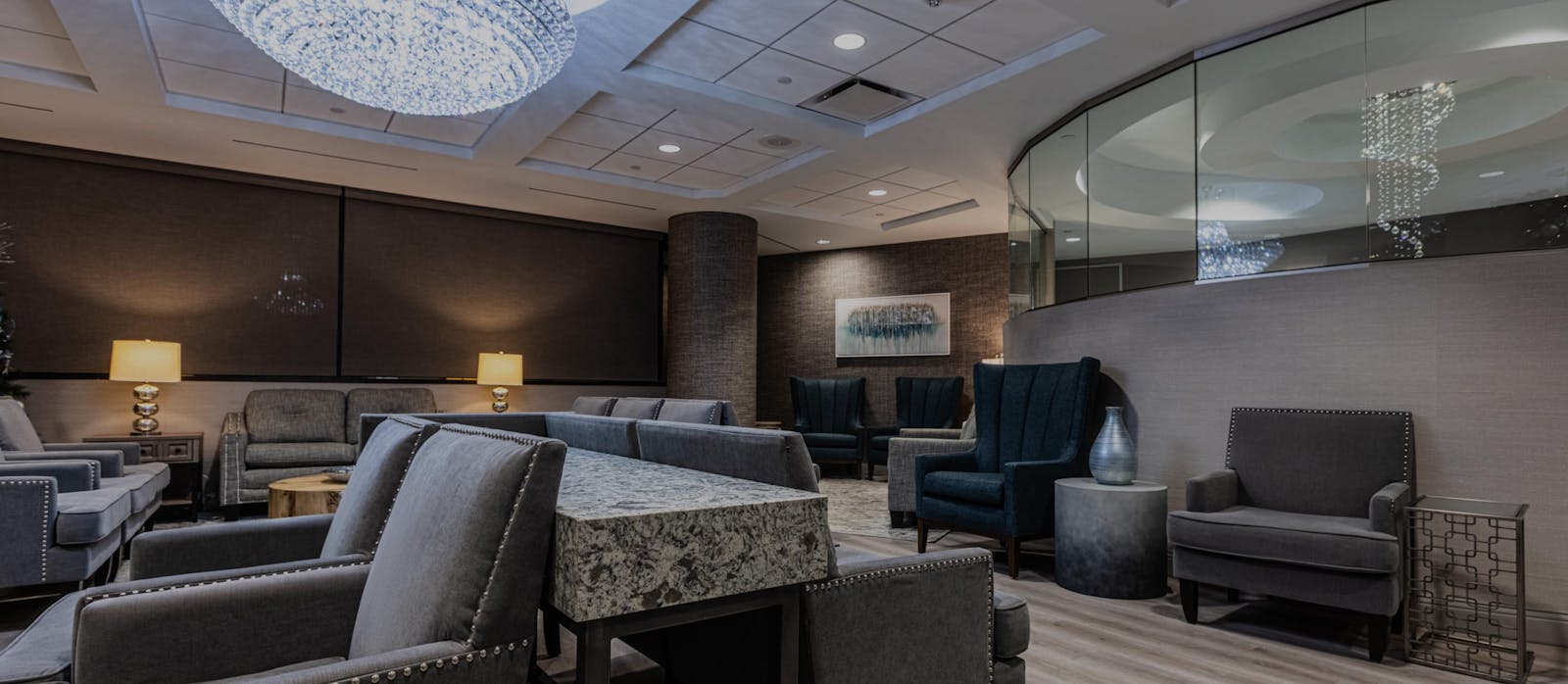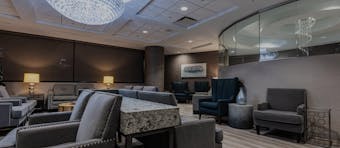If you’ve previously had rhinoplasty and are unhappy with the results, Dr. Henry Mentz performs revision rhinoplasty in Houston to correct the mistakes made by other surgeons.
Why it’s Important to Choose the Right Plastic Surgeon
Revision rhinoplasty is more complex than primary rhinoplasty and must be approached with an enhanced level of expertise and skill. This is because there are more elements to consider and deal with than primary rhinoplasty. These can include correction of the first surgeon’s mistakes; scar tissue, and sometimes less cartilage to work with. Besides all this, an eye for artistry is required in order to fix the problems while also delivering an attractive new nose.






